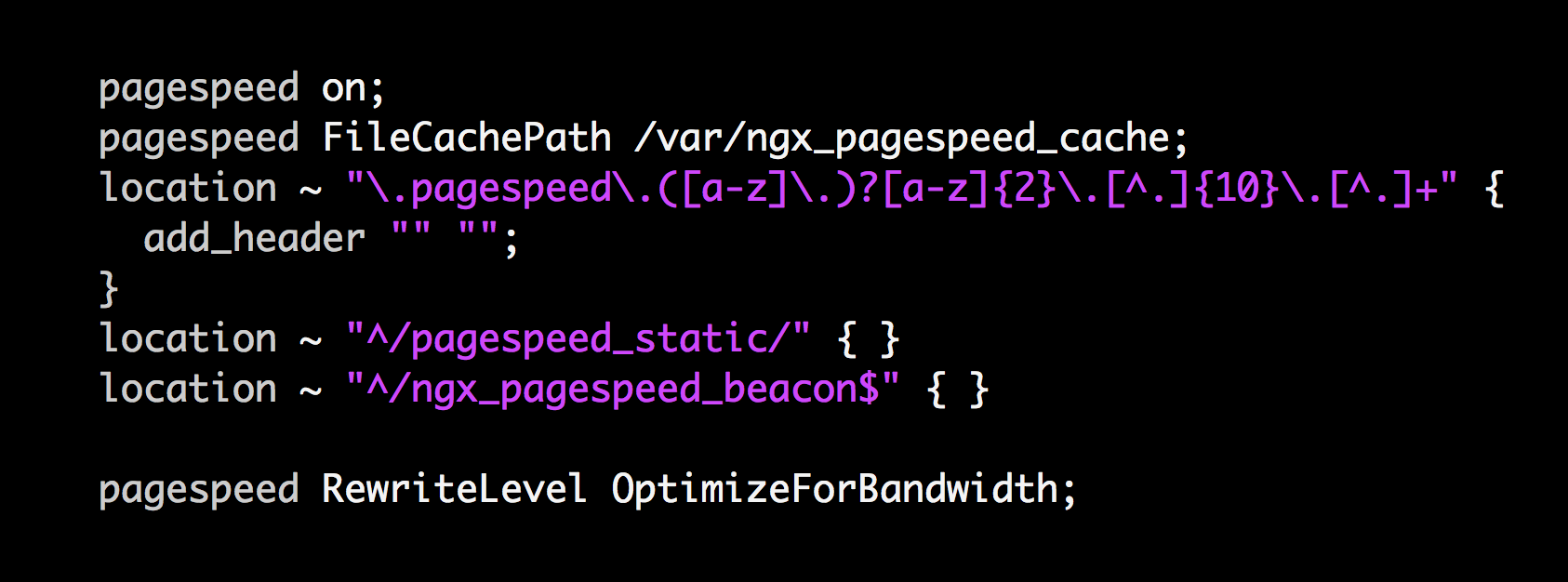Traffic Optimization for Apache and Nginx Web Servers
- Transfer
Webmaster Level: Advanced
Optimizing traffic benefits everyone: website owners and mobile device users pay less for it, and browsing the web becomes more comfortable on any device. There are many ways to optimize traffic, for example, using gzip compression when processing web pages, possibly reducing the size of JavaScript content and style sheets, as well as optimizing image files.

Why is there still a lot of content on the Internet that is not optimized? If everyone is interested in saving, why few people want it? First of all, optimization requires effort. When working with graphics, webmasters often forget about the Save for Web feature. JavaScript programmers are reluctant to work with compressed code because it is more difficult to detect errors in it. You can create a system that will automatically optimize the site during its development or implementation, but this is a very time-consuming process.
Ordinary users can use a simple solution - a special proxy server, for example, for the Chrome browser. When you use it, content passes through a Google proxy server, which automatically optimizes pages and halves traffic. This useful solution has limitations: it can only be used by Chrome users who have enabled the corresponding function, and it does not process materials protected by https.
Thanks to the Optimize for Bandwidth function , webmasters can use the same technology. Everyone will benefit from this: users of other browsers and ordinary computers, developers of secure web pages, as well as website owners who want to reduce traffic costs. It is enough to install the PageSpeed module on the Apache or Nginx server [1] and enable the Optimize for Bandwidth function. The tool will do everything by itself.
You can also use other functions of this module, including increasing the browser cache , call substitution , delayed loading of images, and the defer attribute in JavaScript . It will be enough to include them in the module parameters.
Learn more about how to install the PageSpeed tool and activate the Optimize for Bandwidth feature .
[1] If you are working with another server, try running the PageSpeed tool on an Apache or Nginx proxy server. All of these resources are open source . In the near future, similar capabilities will be implemented for IIS , ATS , etc.
